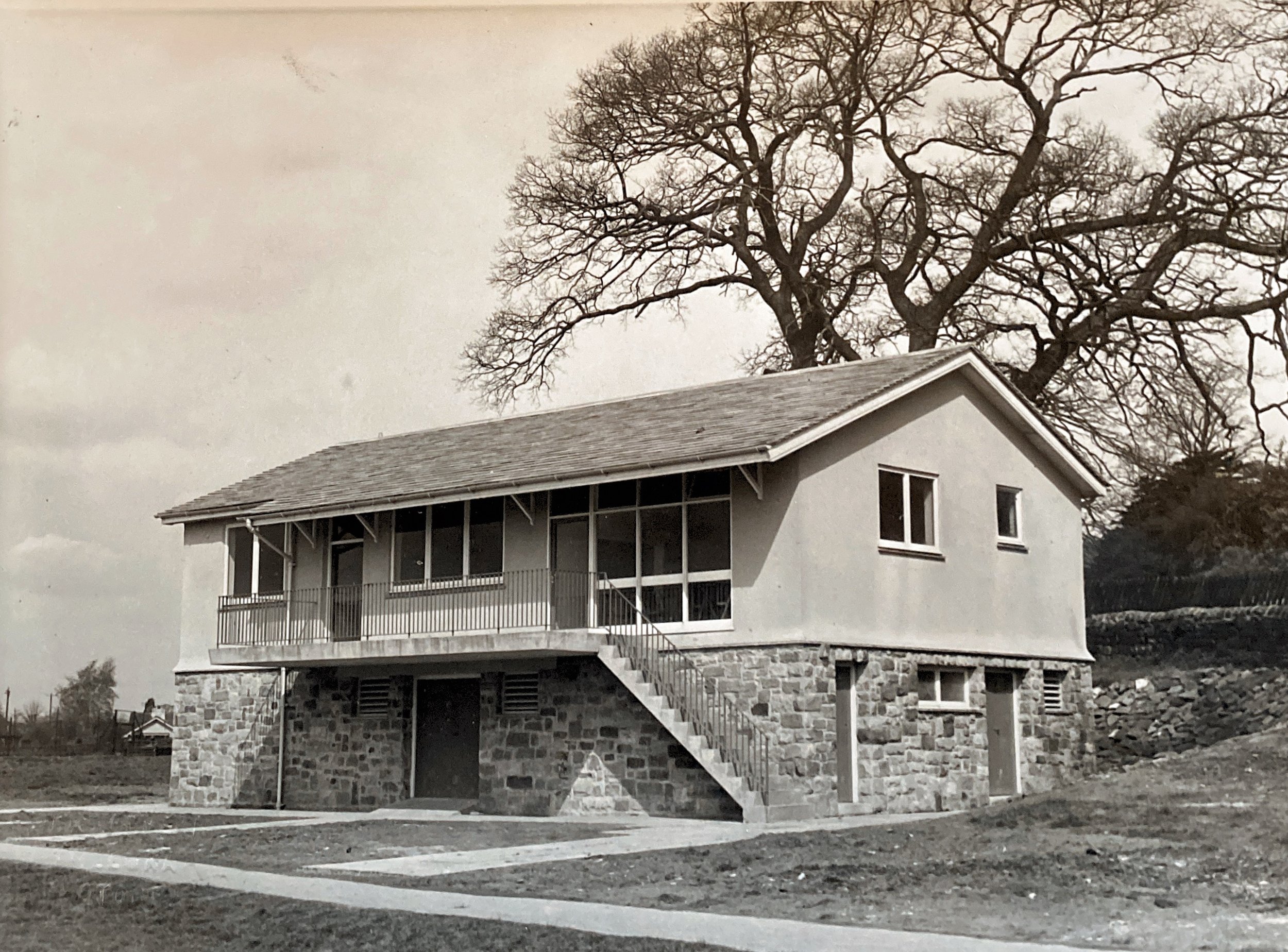
Arthur Edward Preedy
(Ted)
1893-1975
Member of Little Eaton Parish Council from 1945 to 1972, Chairman from 1951 to 1972
Edward was born in Belgravia, London in 1893. He lived for many years at Hampton Court, where his father was Superintendent of the Palace from 1913 until 1928.
Edward served in the First World War as a 2nd Lieutenant with the Devonshire Regiment, joining the conflict in August 1916. On March 5th 1917, whilst leading an attack on a German position, he was wounded and brought home to recuperate. In 1918 he became Company Commander and was demobilised in 1920.
Edward went on to serve in the Second World War in Italy and was promoted to Major in 1944.
He moved to Little Eaton in 1920, where he lived at Holme Cottage on Duffield Road. He was a founder member of the Belper Royal British Legion and in 1931 he became Worshipful Master of the St Alkmunds Lodge of Mark Masons at Duffield, at the time the youngest Master ever chosen in Duffield.
Edward became a member of Little Eaton Parish Council in 1945, becoming Chairman in 1951. He had a number of good friends in the village, and persuaded two of them, Mr Frank Andrews and Mr John Currie, each to lend £5,000 interest free towards the building of the pavilion on the recreation ground. These loans were instrumental in getting the pavilion built.
Ted Preedy in 1953
Edward also helped start the OAP Club in 1953 where a portrait of him hangs on the wall.
He served on Little Eaton Cricket Club Committee for many years and umpired cricket matches on many occasions. In 1953, in appreciation of his all-encompassing work in village life, the Cricket Club presented him with a mock mayoral chain.
His first wife, Alicia, died before the Second World War. They had four children, whose names were Ivan, Douglas, Joan and Evelyn. He later married May, and their family consisted of Yvonne, David, John, Richard and Robin.
Edward died in 1975 at the age of 82. He loved the village of Little Eaton and dedicated a large part of his life to making it a better place.
John Currey opening the new sports pavilion in May 1966
The Sports pavilion in 1966
The Village Hall as it is today. Ted Preedy was instrumental in developing the original sports pavilion in the 1950s
Acknowledgments
John Preedy, 2022




